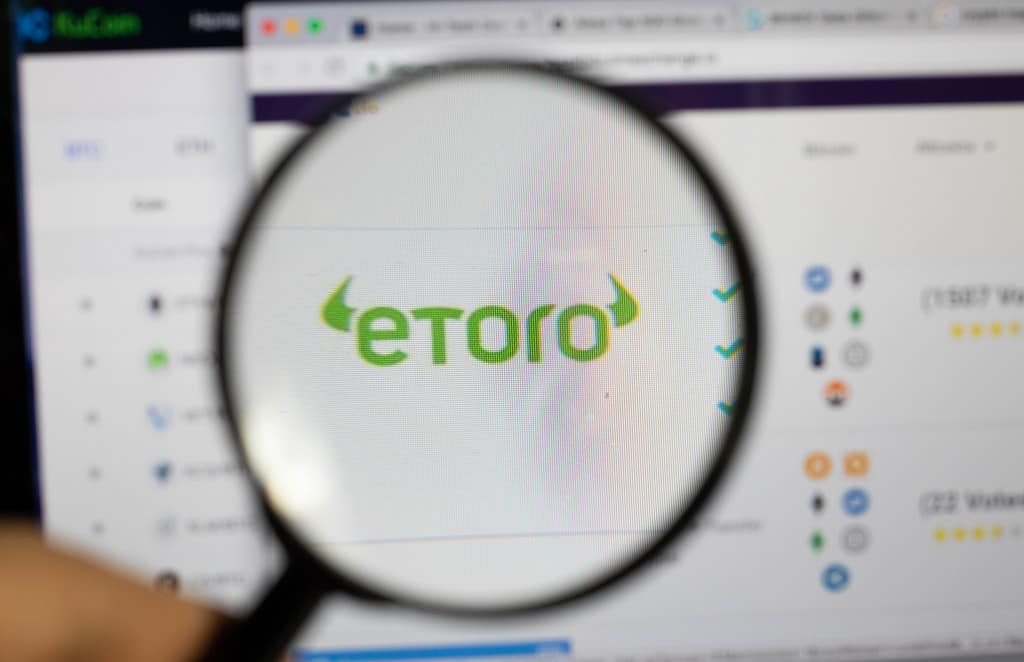In general, investors looking to invest in gold directly have three choices: they can purchase the physical asset, they can purchase shares of a mutual or exchange-traded fund (ETF) that replicates the price of gold, or they can trade futures and options in the commodities market. Average investors, for example, might buy gold coins, while sophisticated investors implement strategies using options on gold futures.
Table of Contents
Buying Gold Bullion
Compared to other commodities, gold is more accessible to the average investor, because an individual can easily purchase gold bullion (the actual yellow metal, in coin or bar form), from a precious metals dealer or, in some cases, from a bank or brokerage.
Bullion bars are available in sizes ranging from a quarter-ounce wafer to a 400-ounce brick, but coins are typically the choice for new investors. Not to be confused with vintage numismatic coins, these are new issues priced on their gold content, plus a premium. For maximum liquidity, most buyers stick with the most widely circulated gold coins, including the South African Krugerrand, the American Eagle, and the Canadian Maple Leaf, says Jamie Whelan, CEO of First Capital Gold. Whatever you prefer, be sure you are buying from a reputable dealer, either in person or through the Internet. Gold coins require safekeeping—either a home safe or a bank safe deposit box. Be sure to insure them, too.
Gold jewelry also allows the investor in gold to experience the enjoyment of wearing it. Gold is often combined with other precious gems and metals to enhance the overall value and appearance of the jewelry. Pieces are often passed down to the next generation as family heirlooms, adding sentimental value beyond that of the piece itself. Jewelry is not typically the best option if it’s strictly an investment, because the retail price will usually far exceed the meltdown value. This is due to the workmanship involved and the retail markup. Always determine the purity of the gold before buying jewelry, so that you don’t pay for 18 karats when you are only getting a 14-karat piece.
Jewelry is covered by most homeowner insurance policies, which is an advantage should it be lost or stolen.
Buying Gold Funds
Although it’s more feasible than, say, a barrel of oil or a crate of soybeans, owning physical gold has its hassles: transaction fees, the cost of storage, and insurance. Investors interested in a more liquid and low-cost entry into the gold market might instead consider mutual funds and exchange-traded funds that replicate the movements of the commodity.
SPDR Gold Shares (GLD), for example, is one of the oldest ETFs of its kind, initiated in 2004. Shares trade on the New York Stock Exchange and can be bought or sold at any time throughout the trading day, just like stock. Each share of the ETF represents one-tenth of an once of gold.1 For example, if gold is trading near $1,300 an ounce, the gold ETF will trade for approximately $130 per share. GLD invests solely in bullion, giving investors direct exposure to the metal’s price moves. Other funds invest both in bullion and in shares of publicly traded companies in the business of gold mining, refining, or production.
Generally, gold stocks rise and fall faster than the price of gold itself. Individual companies are also subject to problems unrelated to bullion prices—such as political factors or environmental concerns. So investing in an ETF that owns gold stocks is a higher-risk way to play, but it does offer appreciation potential—which investing in bullion does not.
Buying Gold Futures Options
More experienced investors who don’t want to risk a lot of capital might consider options on gold futures or options on a gold ETF. These contracts represent the right—but not the obligation—to buy or sell an asset (gold in this case) at a specific price for a certain amount of time. Options can be used whether you think the price of gold is going up or going down. If you guess wrong, the maximum risk associated with buying options is the premium you paid to enter the contract.
Available in the U.S. through the Chicago Mercantile Exchange, put and call options on gold futures can be bought and sold through a futures broker. Options on SPDR Gold Shares ETF are also available to investors and can be traded in a standard brokerage account that has received approval for options trading.2 Meanwhile, some traders buy and sell gold futures contracts—which trade on CME under the symbol GC—to speculate on short-term moves higher or lower in the yellow metal.3
Buying Gold Mining Stocks
If you can’t get your hands directly on any gold, you can always look to gold mining stocks. Keep in mind however, that gold stocks don’t necessarily move in concert with bullion prices, because mining companies succeed or fail based on their individual operating performance and how they deploy their capital and generate profits. You don’t have the security of physical possession of the metal if the companies you buy are unsuccessful.
The Bottom Line
If you’re buying gold as part of a portfolio diversification strategy, ETFs are the best way to go. If you want protection in the event of a system-wide crisis, you’d want to own the physical metal.











